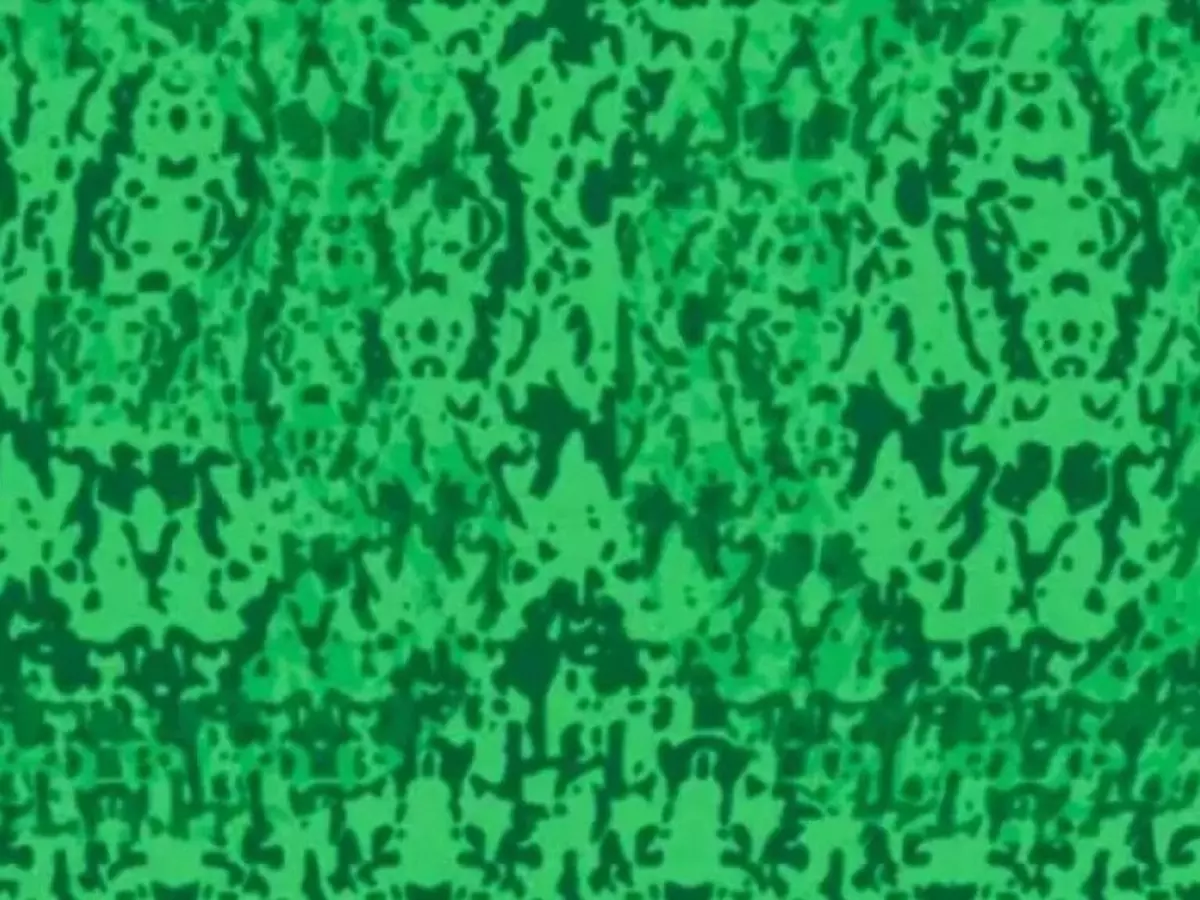Optical Illusion: There Is A Number Hidden In The Picture-You Just Have 10 Seconds To Spot It
Optical illusions are made to make you question reality. Your eyes see one thing, and your brain deciphers it as another, and that makes it very difficult to decode some optical illusions.

Optical illusions are made to make you question reality. Your eyes see one thing, and your brain deciphers it as another, and that makes it very difficult to decode some optical illusions.
Can you spot the hidden number in this optical illusion?
They leave us feeling confused and wanting to understand how the trick works. This happens mostly because, when we look at an image, our brain wants to process it in the simplest way possible. However, the result can be pretty confusing sometimes.
 National World
National World
There are many brain teasers that have left the internet baffled, and now another optical illusion is sending people into a state of confusion.
The illusion asks users to find the number hidden in the image. You have 10 seconds to get it right.
The baffling picture shows green grass, but it conceals a hidden number.
The trick to solving this optical challenge is to observe the image carefully; by concentrating on the picture, you can see the number reveal itself to you.
Can you spot it?
To be fair, it's not easy to spot the number.
If you're struggling to spot it, here's a hint:
It is a two-digit number and is right in front of your eyes.
Alright, time's up.
 National World
National World
The number is 30.
If you got it right, give yourself a pat on the back.
There are so many different types of optical illusions that can bamboozle your brain. Some alter the way you see an image, while others can reveal hidden truths about your personality.
When talking about our eyes, we first need to understand the connection our eyes have with our brains. Our eyes use more brain power than any other part of the body (approximately 65%). Our eyes take in information from the outside world before it is processed by the brain.
 Pinterest
Pinterest
The way we perceive optical illusions has more to do with how our brains assemble visual information and less to do with our actual eyes.
Let's understand it this way: When you look at something, what you are really seeing is the light that bounced off of it and entered your eye. This converts the light into electrical impulses that your brain can turn into an image.
The process only takes about a tenth of a second, but your eyes receive a constant stream of light and a significant amount of information, which is why it is really difficult for your brain to focus on everything at once.
Think of it this way: Your brain takes shortcuts, further simplifying what you see to help you concentrate on what is required. This helps compensate for your brain¡¯s tenth-of-a-second processing lag. This trait actually helped early humans survive encounters with fast predators.
For more trending stories, follow us on Telegram.
